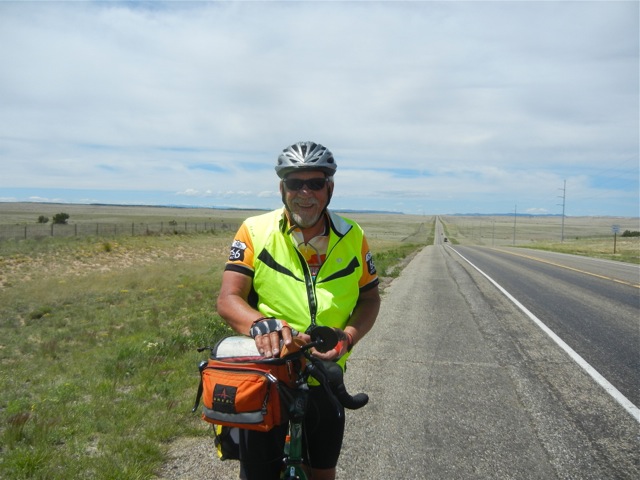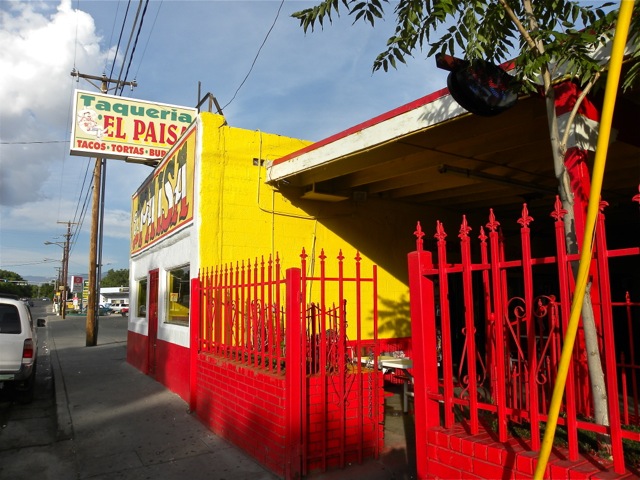TRUTH OR CONSEQUENCES, NM—I had no idea what we would find if we went looking for the old Carrie Tingley Children’s Hospital. I had seen pictures of the patients and life at the hospital. But was the building still there? Would the crushing weight of thousands of sick kids hang over my thoughts?
The old building was on South Broadway at the top of the hill. We turned into the driveway, but the sign said, “New Mexico State Veterans’ Home.” I wondered if we could even get inside.
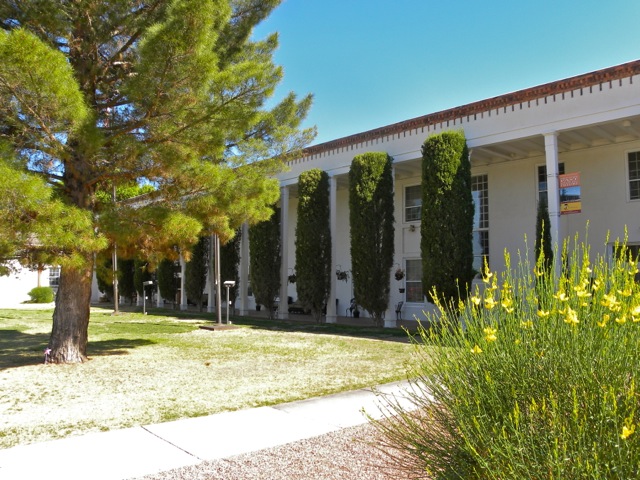
We opened the door and stopped at the information desk. Everyone was so gracious. In fact, Executive Assistant Carol Wilson came down to show us around the facility.
We started our tour by going down a long, wide hallway that had banks of windows opening to a courtyard. “The hallways had to be wide enough to allow two iron lungs to pass,” said Ms. Wilson. Some of us are old enough to be familiar with that term. An iron lung was a pressurized barrel that kids who were paralyzed from the neck down lived in. The barrel’s pressure did the breathing for them. The patients lived out their lives in their iron lungs.
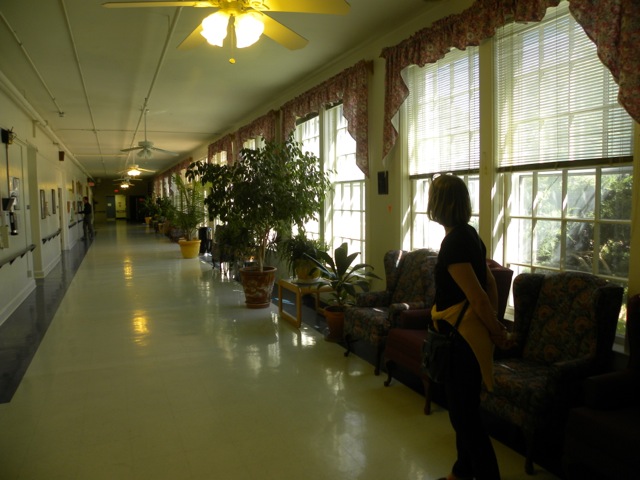
That long and wide gallery, however, was beautiful. Out the window was a fountain decorated with turtles. “The Turtle Pond” outdoor sculpture was done in 1937 by Eugenie Shonnard.
Our tour soon took a direction that was even more important than that remarkable building that had brought me there. It was now a veterans’ home. Sponsored by the State of New Mexico, it nevertheless accepts veterans from all over the U.S.
Here are some numbers. The New Mexico State Veterans’ Home has 126 residents. 29 of them are women—including 5 veterans and 24 widows of veterans. There is one Bataan Death March survivor. He’s 99 years old.

The building was repurposed for the veterans in 1983 and is in remarkable condition. The only part that isn’t in working order is the therapeutic pool, which had a leak that couldn’t be fixed. However, the Home is getting an additional building that will be built with therapeutic pools included.
Here is another remarkable thing: There is NO waiting list! Patient costs are based on income. They use Medicare and Medicaid guidelines, plus there are special exemptions for some veterans. If you need medical care in your senior years and are a veteran, check it out. This place is beautiful, clean, and friendly.
But back to the original thrust of this story, Carrie Tingley is one of my heroes. She turned her own fight against disease into a campaign to help the children of New Mexico…all the children of New Mexico. Expressly written into the mission of the children’s hospital way back in 1937 was the admonition that no one should be excluded from care because of race, religion, or lack of money.
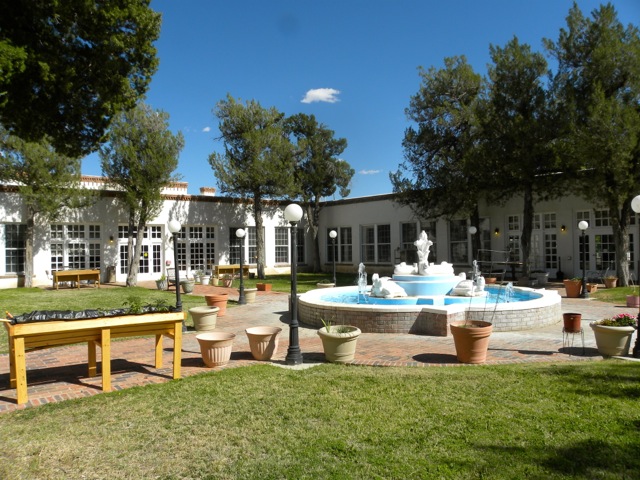
Here is some more information about the personal journeys of the people involved in bringing this hospital into being.
Like so many other great people in the history of New Mexico, Carrie Wooster Tingley’s story begins with tuberculosis. In 1910 she began showing symptoms of the disease and was traveling by train with her mother to stay, and hopefully recover, in Arizona. She had a severe attack during the trip, however, and so they got down from the train at Alvarado Station in downtown Albuquerque to seek medical care.
She never left. She married her Ohio boyfriend Clyde Tingley, who while waiting upon her recovery in Albuquerque, got involved in local politics. Later, he even became governor of New Mexico, running on a platform supporting the New Deal politics of Franklin Roosevelt. Fast friends, the Tingleys visited FDR a total of 24 times in the White House.

One result of this was a sharing between Carrie Tingley and Franklin Roosevelt concerning their bouts with serious and debilitating diseases. FDR was a polio survivor; Carrie Tingley, tuberculosis.
FDR was seeking relief in the hot springs of Georgia. It started Carrie thinking about what could be done therapeutically for the children of New Mexico. The plan that Franklin, Clyde, and Carrie came up with was a children’s hospital in Hot Springs, NM.
Initially named The Carrie Tingley Hospital for Crippled Children, the hospital stayed in business here in Truth or Consequences until 1981, when the children’s hospital was moved to Albuquerque. By that time, polio vaccines had wiped out the disease in children. In fact, and somewhat ironically, polio was officially declared eliminated in the United States in 1979.
